As part of horticulture, gardening is growing and taking care of plants. In gardens, ornamental plants are often grown for their flowers, leaves, or overall look. Valuable plants, like root vegetables, leaf vegetables, fruits, and herbs, are grown to eat, used as dyes, or made as medicines or cosmetics. Gardening can be seen as both an art and a science. As an art, it is about arranging plants in a way that works well with their surroundings.
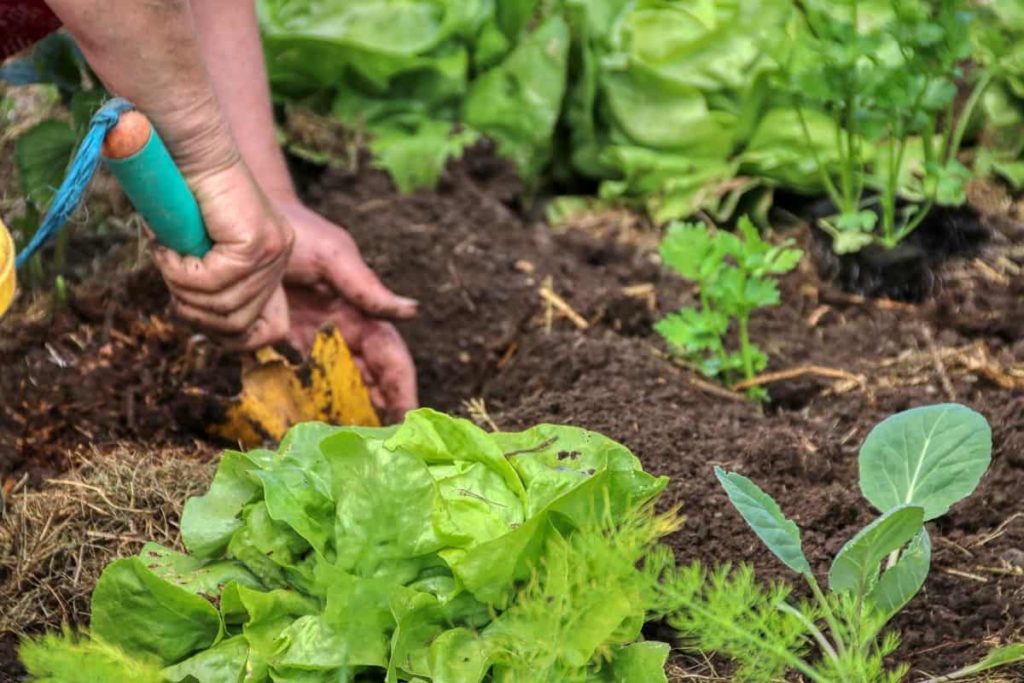
As a science, it is about the principles and methods of growing plants. Plants are typically cultivated in conditions that are very different from their natural environment; thus, it is required to utilize cultivation techniques developed from plant physiology, chemistry, and botany, with the planter’s experience providing a mediating role. While the fundamentals of plant cultivation are universal, the actual process will require considerable modification to adapt to regional climates and soil types.
Ornamental gardening requires a certain degree of development before it may flourish. This level of development may be seen worldwide and throughout history, and it is always accompanied by a conscious attempt to make one’s surroundings more aesthetically pleasing. The urge to garden and even the desire to do it seems to come from a primitive response to nature, making people want to engage with nature to grow and create harmony.
Top 50 basic gardening tips for beginners
Site selection
Selecting an appropriate site is crucial when planting a garden. Find a place in your yard where you can enjoy your garden daily. Doing so will make you much more inclined to spend time there.
Sunlight requirements
One of the most typical beginner gardening mistakes is misreading the amount of sunlight a given area receives. Before deciding where to plant your garden, consider the sun’s path across your yard. Vegetables, fruits, and other edible plants require at least six hours of sunlight per day to reach their full potential.
In case you missed it: Urban Gardening Ideas for Beginners: Tips, Tricks, and Techniques
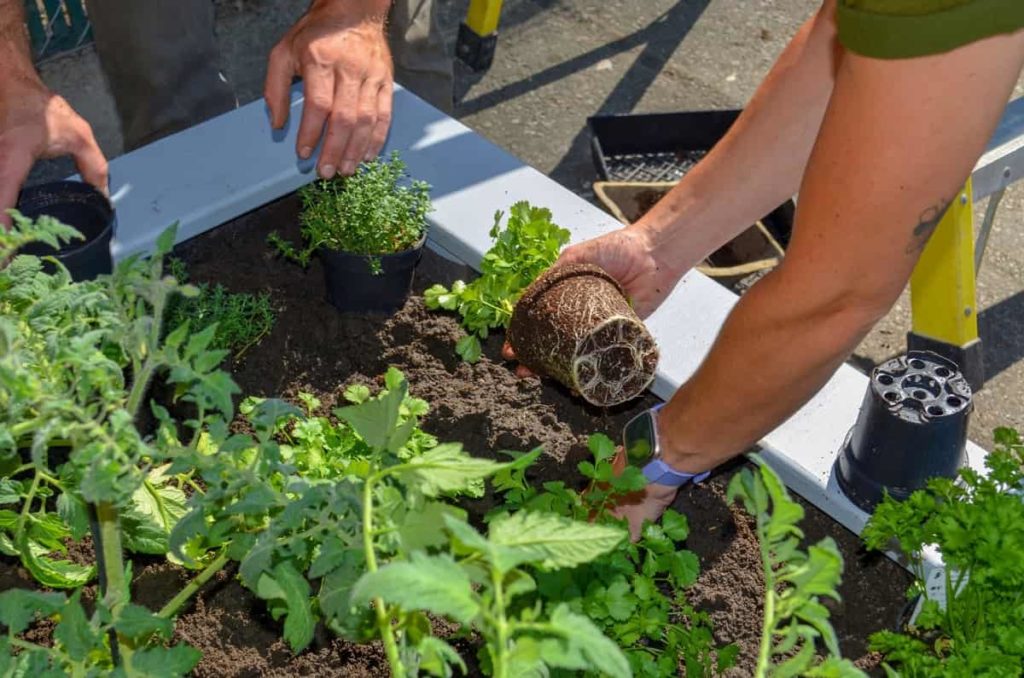
Water supply
The location of your new garden concerning a water supply is one of the best pieces of advice you’ll ever get from a gardening expert. To save time and effort transporting water to your garden every time the plants want it, prepare ahead and ensure that a pipe can be quickly run to the area. To determine if plants require watering, stick your finger about an inch into the soil. In the absence of moisture, watering is required.
Soil testing
Sending a soil sample to the lab or using a DIY kit to check the pH level will help you determine whether or not your soil is suitable for plant growth. The optimal pH range for most fruits and vegetables is between 6.5 and 7, while some can thrive at lower or higher values. Nitrogen, potassium, and phosphorus tests should also be conducted. If your evaluation fails, you’ll need to fix the problems.
Raised garden beds
If you’re just a beginner in gardening and want to maximize your chances of success, a raised garden bed is worth considering, even though it will require a more initial investment. Having the garden beds raised will allow you to manage the soil better and reduces the difficulty of weeding and controlling pests.
Selection of appropriate plants
It is required to choose plants suitable for the conditions under which they will be grown. Sun-loving plants should be placed in sunny areas, heat-tolerant plants should be used in hot regions, and vine crops like pumpkins and melons should be given plenty of room to spread. Choose plant types that suit your climate and available growing space.
Identifying the hardiness zone
Plants that thrive in your “hardiness zone” are the ones you should prioritize. As described, the hardiness zone is the coldest possible location for a plant to grow. When the zone number increases, the temperature tends to rise. Therefore, if a plant is “hardy to zone 4” and you live in zone 5, you can safely grow it in your garden. However, if you live in zone 3, you won’t be able to cultivate that plant successfully.
Avoid planting too early or too soon
It is possible to ruin your garden by planting the seeds too early in the season or even by waiting too long. To avoid needlessly losing plants due to early planting, you should learn when the final average spring frost date is in your area. In order to protect your plants from the late-season cold, it’s helpful to know when the first average fall frost typically occurs in your area.
Providing the mulch
Mulch each plant with a depth of 2–3 inches. Since this method blocks out light, fewer weeds will develop, and less water will be lost to evaporation, resulting in lower water consumption. Straw, shredded leaves, pine straw, or any other material readily available can be used as a ground cover.
In case you missed it: A Guide to Understand Vertical Urban Farming/Gardening: Check How this Helps Beginners
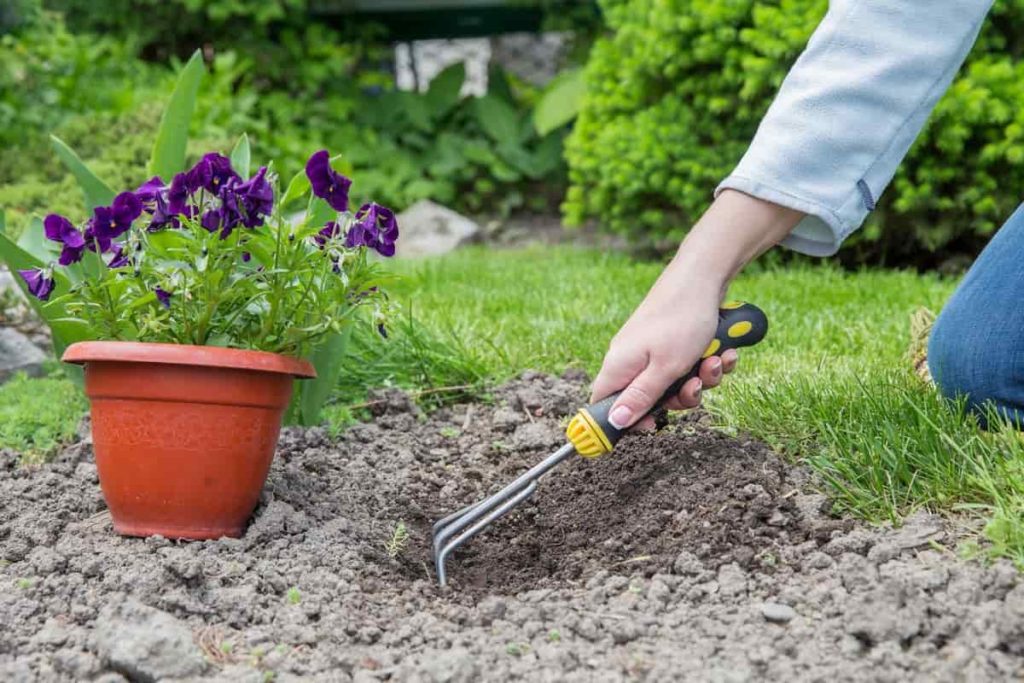
Providing the plant food
As we’ve already determined, good soil is crucial, but it’s even more effective when supplemented with additional, high-quality nutrients on a regular basis. Combining high-quality soil with high-quality plant food can result in great gardening results. Starting a month after planting, provide plant food for your garden.
Planning efficiently beforehand
Before you dig in, it’s a good idea to do some planning now that you know a little more about your soil, what plants will grow there, and where you’ll be planting them. In this manner, you can maximize the efficiency of your space utilization.
Usage of Gardening tools
Things may get messy fast when you don’t have the correct tools or even any tools. Gardening tools such as pruners, loppers, a hand trowel, a spade, a rake, a hoe, an adjustable nozzle hose, a watering can, and a wheelbarrow is required.
Usage of plant germination kit
Using a seed beginning kit is reliable for ensuring your plant germinates. These single- or multi-use trays provide the ideal conditions for germination. Using these kits, you can get a head start on the growth process indoors when it’s still too cold to plant outside and finish the job by setting the seedlings in the ground when the weather improves.
Start with a smaller number of plants
It takes a commitment of both time and energy to keep your plants healthy. It’s natural to want to grow everything in sight, but it’s better to take things slowly and carefully, tending to each plant as best you can at first.
Lable your plants
It’s a good idea to mark what you’ve planted and where you’ve planted it, even if you’ve only got three different kinds of seeds in the ground, because it’s pretty easy to forget where you put what.
Companion planting
Some plant species benefit from being planted close to one another, while other species can slow down the growth of the other. For instance, the output increases significantly when tomatoes and basil are grown together. Asparagus, carrots, celery, onions, lettuce, marigolds, parsley, and spinach are the other vegetables that pair well with tomatoes. Tomatoes should be kept away from cabbage, beets, maize, fennel, dill, potatoes, and rosemary because these are their natural enemies.
Give space between each plant
Plants, just like people, have their little space bubbles. They require a sufficient amount of space to develop normally. If other crops are grown too closely, they can hinder development and even spread disease unless those other crops are companion plants.
Combination of plants
You don’t have to limit yourself to cultivating only veggies or herbs; you can cultivate anything. When it comes to your plants, you should feel free to experiment with different combinations. Feel free to start planting those herbs in the vegetable garden you have. Some plants are meant to grow together but do not necessarily produce the same crop.
Usage of organic compost
Compost is a form of organic material that is added to a garden to promote the growth of plants. Compost could be anything from eggshells, tea bags, coffee grounds, ashes, grass clippings, or even fur. Adding these substances to your soil helps the soil retain moisture, fight off disease and pests, and stimulate the growth of beneficial microorganisms. In addition, reducing the amount of garbage you produce can help you minimize your carbon footprint.
Fertilizing the soil
You shouldn’t skip the process of improving the soil, even if you conclude that composting isn’t your thing. Adding nutrients and minerals to the soil requires a number of steps, one of which is fertilizing the ground.
In case you missed it: Cultivating High-Dollar Crops: Turn Your Gardening Skills into Serious Cash
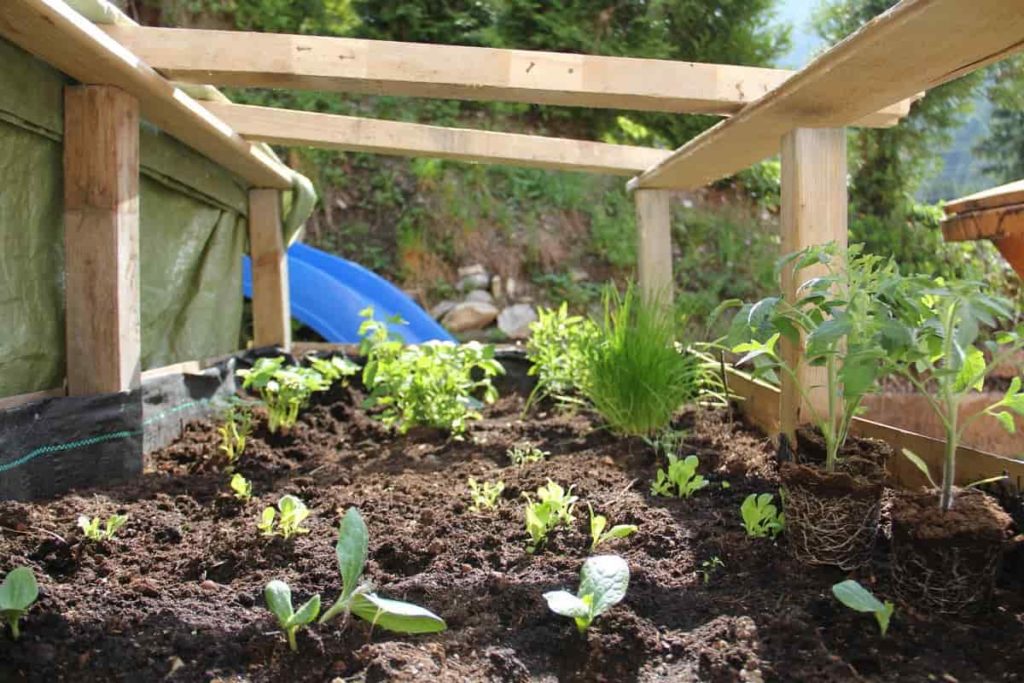
Amount of water supply
When planning to start your garden, it is important to consider how much water and how frequently each plant needs to be watered. After this information, you can ensure that you are planting similar species next to one another.
Extermination of weeds
Although planting is the first step in gardening, it is only the beginning. You must remove the weeds. Weeds are detrimental to a garden because they consume water and nutrients for your desired plants.
Being patient
Plants need time to grow, so maintain your composure and patience as you establish your garden.
Placing seeds in safe place
Find a place to keep seed packets organized, so they don’t get scattered about or thrown away. Putting them in the plastic sleeves of a mini photo album is one neat idea. You may flip through the pages and see what you have while keeping them safe.
Storage conditions for seeds
Proper seed storage is essential for preserving their viability. The USDA recommends maintaining a steady temperature and humidity for your seed storage. Seed should be kept in a dry environment with temperatures below 50 degrees Fahrenheit and humidity levels below 50%.
Rotation of crops
The soil around your garden will affect the plants you grow. If you keep planting the same thing in the same area every year, you’ll keep using up the same supply of soil nutrients. Rotating your crops helps the soil in your entire garden retain its nutrients. If you rotate your crops yearly, you’ll force common pests to look for new food sources, keeping them on their toes.
Timing is crucial
You should be aware of the ideal time to transplant your plants. A sunny, breezy day in the afternoon is ideal for planting, but this varies from day to day. If it’s going to be cloudy and cool, go in the morning, and if it’s going to be hot and humid, go in the evening.
Water your plants in the morning
In order to keep water from evaporating away, it’s best to water your plants first thing in the morning. Watering early also has the added benefit of letting the plant’s leaves dry out before nightfall, reducing the likelihood of fungal and insect pests.
Make sure the water reaches the deep roots
Watering deep encourages the establishment of strong, deep roots, whereas watering shallowly and frequently results in weak, shallow roots and a weaker plant.
Drip feeding
A recycled plastic soda bottle makes a great drip feeder that you can bury in the soil next to your plant. Simply poke holes in it and place it next to the seedling. The bottle will allow a measured water stream to reach the plant’s base. Fungus is avoided, and leaf issues are lessened with the drip feeder technique.
Use the water that are used to wash vegetables
You can water your growing plants in the container with the water used to wash the vegetables after they were drained. This water is easy for plants to absorb, and it contains a lot of nutrients.
Recycling or reusing
Get familiar with the process of recycling. As a gardener, you should be able to reuse and repurpose materials. Resourceful reuse of things in your garden that you consider to be wasteful can be accomplished with a little imagination, some guidance from the internet, and a healthy dose of your own creative energy.
Moist the soil before weeding
Always pick weeds when the soil is moist because moist soil simplifies the process of weeding since the roots of the weeds are easier to pull off when the soil is damp.
Covering the weeds with a trap
If you find that pulling weeds is tough work for you, try covering the weeds for at least two weeks with black plastic, a tarp, or another material. This way, these annoying plants will be unable to obtain sunlight and will perish without causing any further work.
In case you missed it: How to Grow Kumquat from Seeds and Cuttings: Check How this Guide Helps Beginners
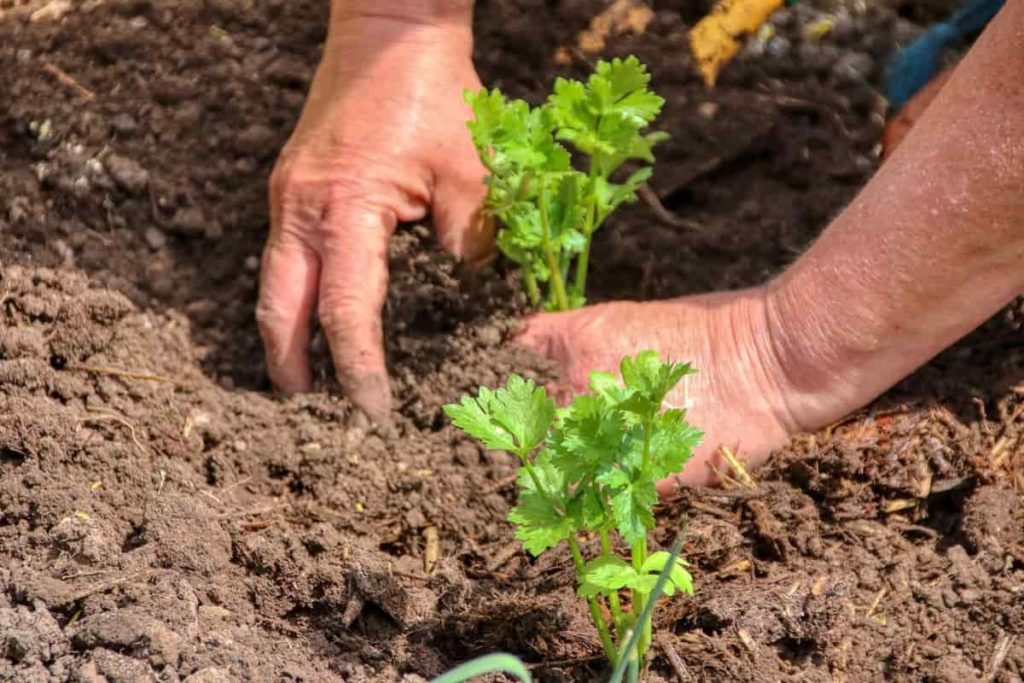
Select the correct type of planter
Different planters should be used for different types of plants and in different amounts, depending on the available light and other factors. Plants thrive in the damp, cold environment provided by wooden pots, while terracotta pots maintain a comfortable temperature year-round, and plastic planter, while being lightweight and colorful, quickly heats up. Clay pots are delicate but eco-friendly.
Treat the roots well
One of the most important gardening processes is to provide nutrients to the soil rather than the plants themselves. Avoid wetting the leaves with water. Do the proper thing and treat the roots and fertilize the soil.
Fruits and vegetable peelings
Peelings from fruits and vegetables that you consume shouldn’t be thrown away because they contain nutrients. For example, potassium-rich fruits such as bananas, peaches, and pomegranates make excellent organic fertilizers when composted.
Organic fertilizers
Organic fertilizer maintains the Ecosystem and offers healthier crops than chemical fertilizers. Fertilizers that release their nutrients slowly and steadily are ideal for sustaining a plant’s health and growth over time.
Pruning your plants
You may give your plant a shape by pruning it, and you should do so whenever it appears to be on the lean side. Pruning makes a plant bushier and more controlled. Deadheading, on the other hand, is the key to increasing flower production. For instance, when you deadhead petunias and pansies, the plants will continue to bloom and produce more flowers.
Select the right plants from the nursery
Avoid purchasing a plant that has an abundance of flowers and instead focus on the plant’s leaves. Pick out a plant that is strong, bushy, and thick. It is very important to know how deep to plant seeds before you do so, as doing so too deeply can reduce the number of successful sprouts.
Usage of aloe vera
Stem and branch cuttings will root more quickly and reliably if you first place them into a piece of fresh aloe vera leaf before planting them in the soil. Depending on the plant you pick, roots can begin to develop in as little as ten days.
Candle waxing on the stem
A few drips of candle wax can be used to seal the newly cut end of a stem or branch. This promotes quicker roots by decreasing the rate at which moisture evaporates.
Banana peel tea for plants
You may prepare banana peel tea by soaking banana peels in water for two to three days. If you want your plants to bloom more abundantly and produce larger fruits and flowers, dilute this liquid with water at a 1:4 ratio and water your plants.
Sloped supports for climber vegetables
When growing climber vegetables, don’t let them get taller than 6 feet. Instead, support them in a way that looks like a slope. For example, grow it to a certain height and then slope the growing ends down. This will help the plant get water and nutrients from far away so it can grow well. The arch-shaped trellis is the best way to support vegetables that grow up or along the ground.
Transfer the plants gently
To move your seedlings, use a spoon to dig out as much soil as you can, including the roots. Then, hold the plant’s leaves and not the stem to pull it out. Pulling on the stem can damage the tubes that carry water and food, called the xylem and phloem, and cause the plant to die.
In case you missed it: Best Practices to Grow Lychee Trees/Fruits: Check How this Guide Helps Fruit Farmers
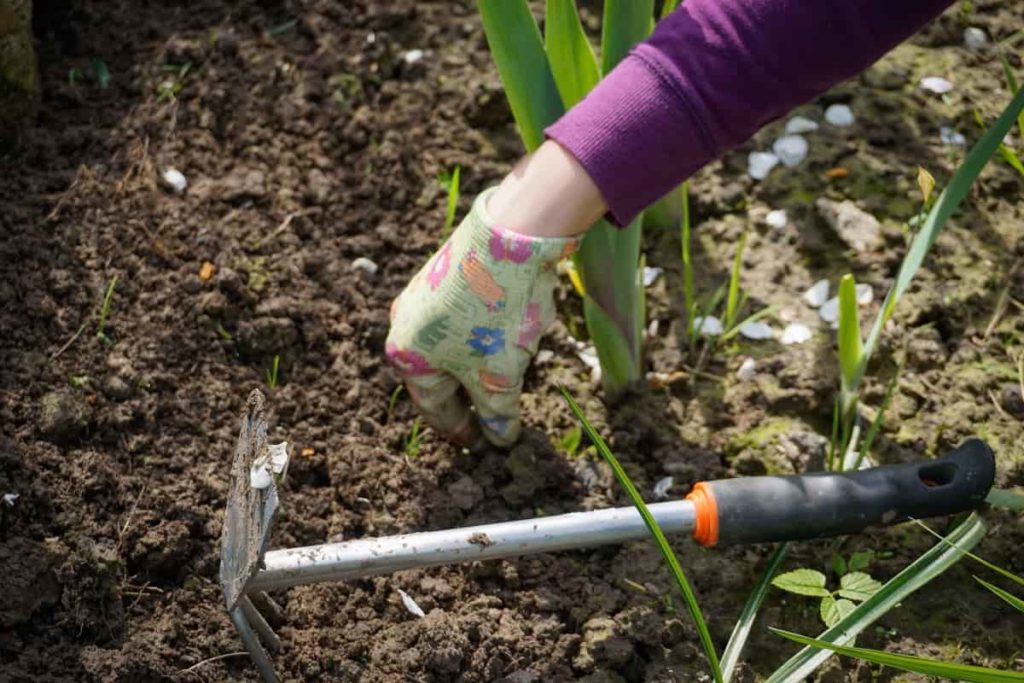
Pine apple preserving method
Pine apple crowns can be preserved by removing the bottom leaves, inserting the crown into a glass of water, and leaving it there for a week before being transferred to a container. In a year, it will start producing fruits.
Water used from boiling the eggs
The amount of calcium in an eggshell is roughly 2 grams. When you boil eggs, they release a small amount of calcium and phosphorus into the water. Do not let this water go to waste; instead, use it to water your flowering plants and other vegetables that benefit from high calcium levels, such as tomatoes and peppers.
Eggshell and vinegar mixture
For free calcium for your plants, try dissolving egg shells in vinegar. Prepare egg shell powder by grinding up egg shells and adding them to a cup of vinegar. Stir the components well and let them sit for at least an hour. To prevent blossom end rot disease in fruits and vegetables, dilute this solution to 1:100 or higher before watering plants.
Usage of chalk
Calcium carbonate is the actual chemical makeup of chalk. While planting your vegetables, you can bury a piece of chalk to use as a guide. Tomatoes, peppers, squashes, eggplants, and pretty much any other vegetable plant benefit tremendously from this.
Technique to find the good seeds
Larger seeds can be tested for survival by being poured into a water bowl. Seeds that float indicate that they are dry and will not germinate. If any of the seeds float to the top, throw them out and use just the ones that landed on the bottom.
- Budget Friendly Sheep Shed Ideas: Cheap and Low-Cost Tips
- How Much Do Cattle Farmers Make: Revenue Streams in Cattle Farming
- Management Pests and Diseases in Your Cotton Field
- Sheep Farming Business Plan for Beginners
- Aquaponic Farming at Home: A Step-By-Step Guide
- Profitable Village Farming Business Ideas in 2024
- High-Yield Aquaculture: Fast-Growing Fish for Farming
- Effective Fish Pond Construction Techniques for Beginners
- Irrigation and Water Management in Pineapple Farming
- Blossom to Harvest: Mastering Flowering and Pollination in Papaya Farming
- Pig Fattening Essentials: From Selection to Sale for Beginners
- Raising Wagyu Cattle: A Complete Guide for Premium Beef Production
- Soil Types and Their Water Holding Capacity
- Optimizing Irrigation Schedules for Coconut Groves for Enhanced Yield
- Espresso Your Garden: Coffee Grounds for Healthier Acid-Loving Plants
- The Best Soil Mix for Snake Plants: How to Mix Your Own Snake Plant Soil
- Green Thumb Success: Expert Tips for Cultivating Greenhouse Beans All Year Round
- Bloom All Year Round: The Ultimate Guide to Indoor Hyacinth Care
- Eco-Friendly Gardening: How to Make Liquid Fertilizer from Kitchen Waste
- Ultimate Guide to Grow Anise in Pots: Explore Seed Propagation to Harvesting
- Guide to Raising Chester White Pigs: Discover Breed Facts to Growth Management
- Mastering the Elegance: The Ultimate Guide to Weeping Cherry Tree Care, Planting, and Maintenance
- Ultimate Guide to Planting Garlic in Grow Bags: Growing Strategies for Beginners
- How to Fix Spider Plant Leaf-Related Problems: Natural and Organic Remedies
- 10 Reasons Why Your Tulsi Plant is Shedding Leaves: Home Remedies and Solutions
- Optimizing Growth and Yield: The Advantages of Palm Bunch Ash Fertilizer
- Utilizing Neem Oil Extract as a Natural Pesticide for Hydrangea
- From Soil to Harvest: Various Ways in Which Farmers Can Use AI Tools
- Steps to Encourage and Induce Citrus Flowers: A Comprehensive Guide
- How to Fix Snake Plant Leaf-Related Issues: Natural and Organic Remedies
- Transform Your Garden into a Fragrant Oasis with Raat Ki Rani (Night Blooming Jasmine)
- Discover the Ideal Chicken Breeds for Philippine Farms
- How to Create a Poultry Egg Farm Business Plan for Profits
- Grow Lemon Cucumbers Like a Pro: Insider Techniques for Bountiful Yields
- Ultimate Guide to Caring for Your Pink Princess Philodendron: Tips for Thriving Variegation
- Areca Nut Profit Per Acre: Calculating Yield and Cost of Cultivation
